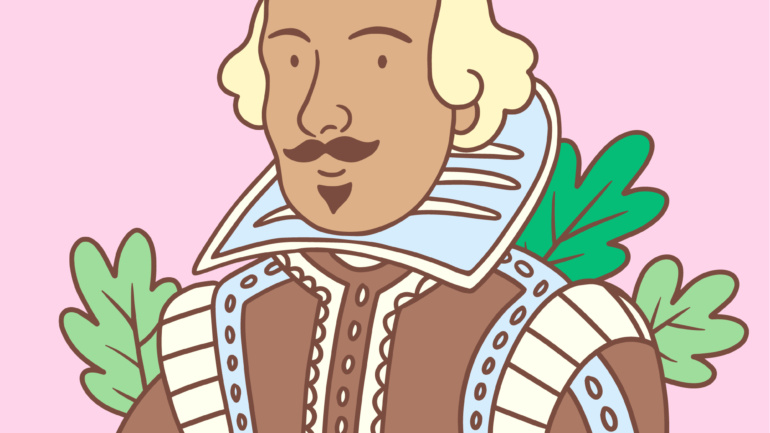In the last lesson, we talked about the "Father of the Concerto." Today, let's explore the "Father of the Sonata" — Domenico Scarlatti. Domenico Scarlatti — The Father of the Sonata Domenico Scarlatti (1685–1757) is known as the "Father of the Sonata" and is regarded…











